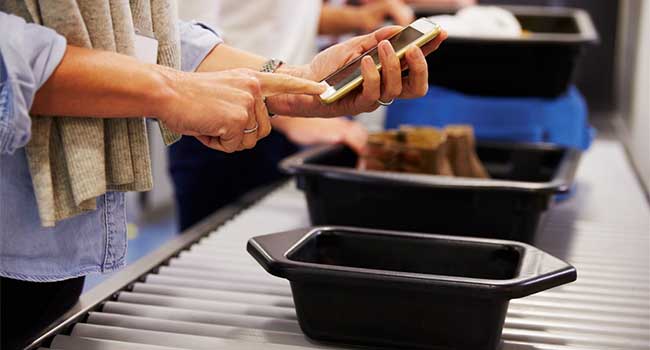
TSA Hints at New Screening Procedures
After the summer rush, TSA may change up their security procedures.
Travelers should expect more changes at airport security checkpoint lanes in the coming months, according to an article by The Wall Street Journal.
The Transportation Security Administration has been playing around with new procedures at airports around the country, asking travelers to remove all paper from bins, separate out electronic devices and place all food items in bins.
After the summer rush, these new rules could become a reality at airports everywhere after they’ve been properly tested and screeners have been trained.
While TSA has not confirmed any new rules, they have hinted that travelers may need to separate out more things from their bags as baggage check fees become more and more expensive, traveler’s carry-ons become more and more stuffed, making it hard for a screener to deem the luggage safe in a short amount of time.
The new procedures to have travelers sort food and electronics into bins may help screeners move through the luggage more quickly allowing for people to flow more quickly through the screening lanes.
These changes will most likely be found in regular security checkpoint lanes and will not affect those who go through the PreCheck lanes. Officers will ask people to declutter their bags as they hoist them onto the tables before screening. The practice will be optional, but may lead to a manual search of the bag later.
Another change that will start to roll out will affect the way your identification is verified at the beginning of the checkpoint. TSA will begin to use machines to verify IDs instead of having agents manually inspect them as with your ticket. The machine will be able to spot a fake ID and matches up names with boarding passes. Officers will be able to manually clear a traveler if a false alarm is triggered.
Testing for the identification machines will start at Washington Dulles Airport later this month then spread to other airports over the course of the year. Full rollout should take about two years.